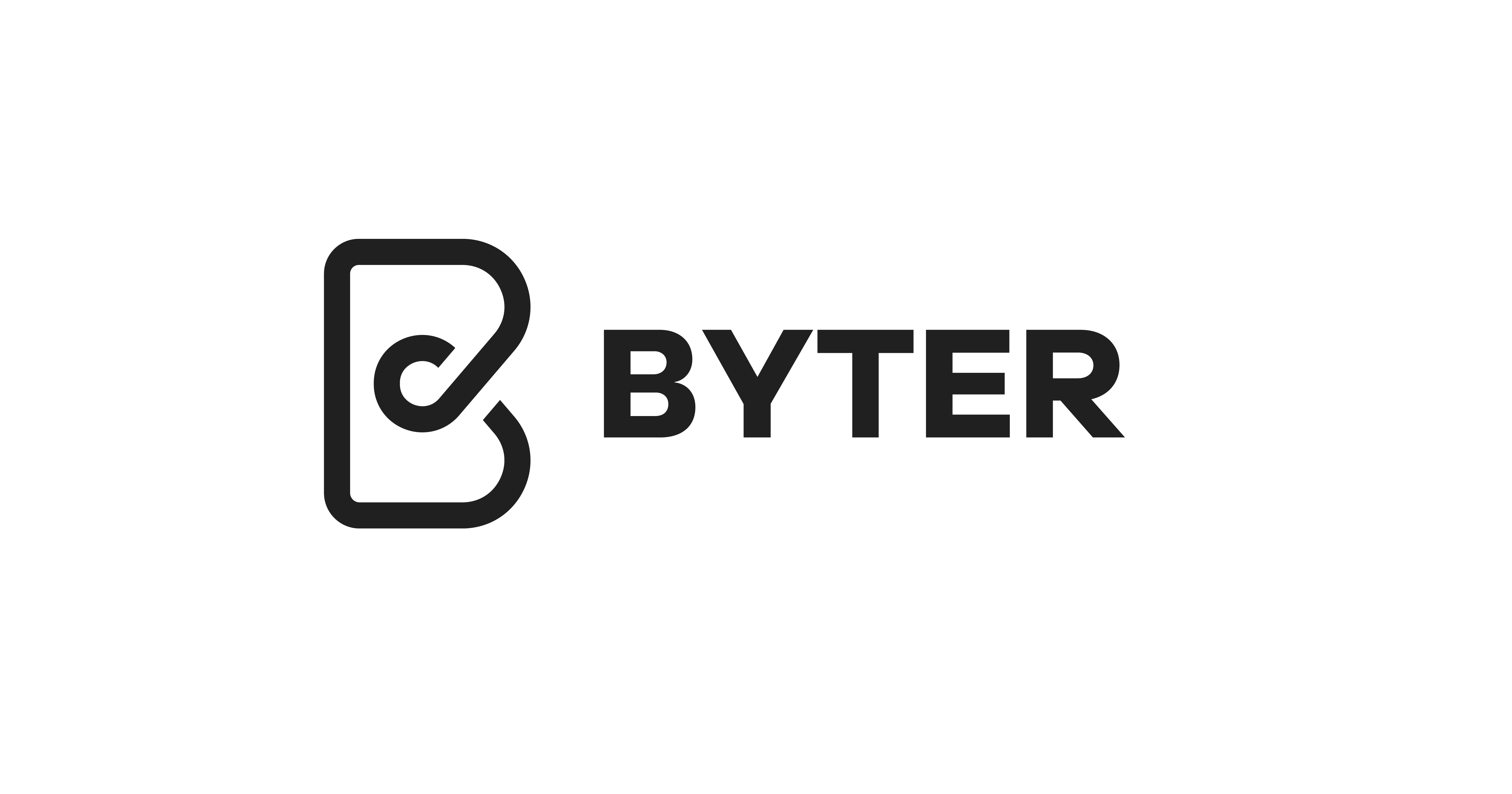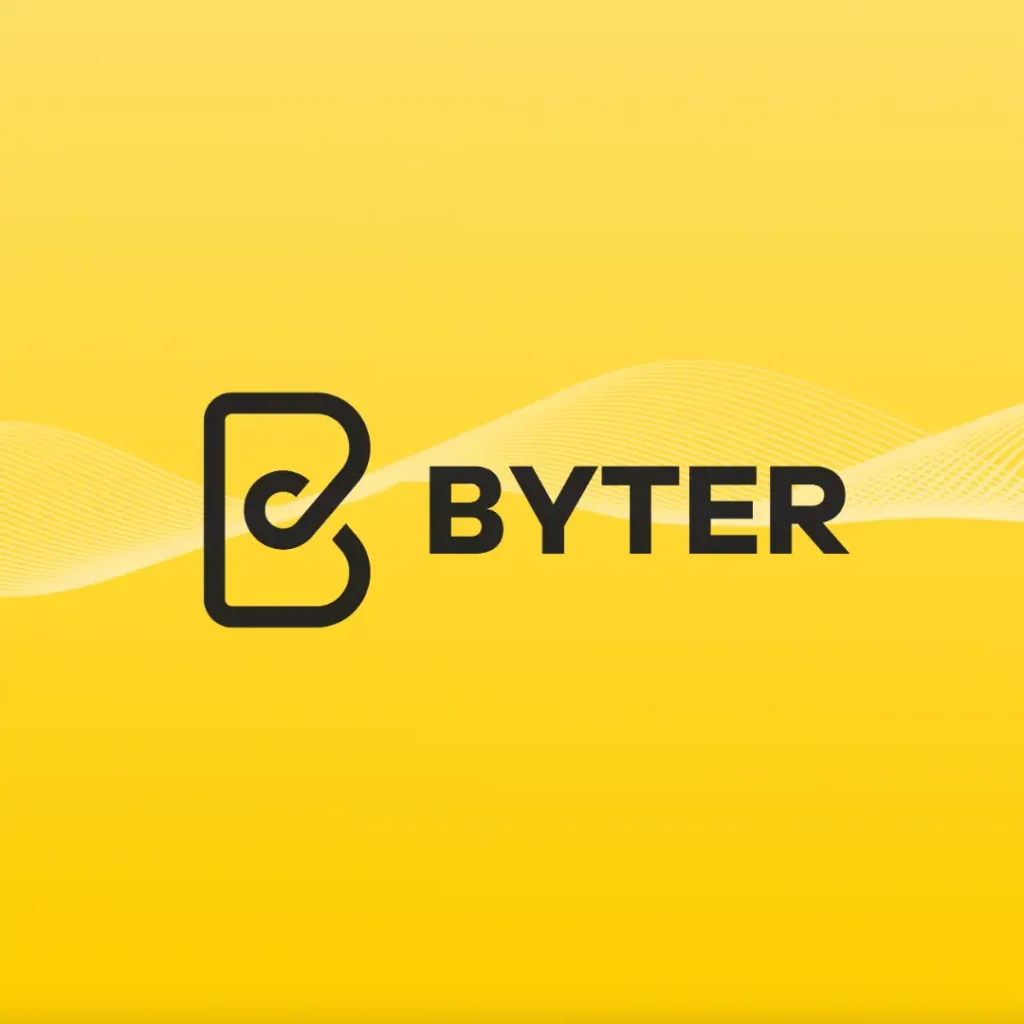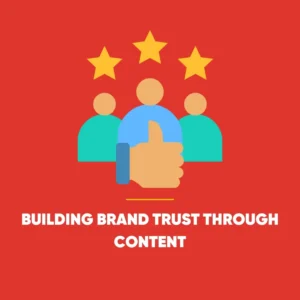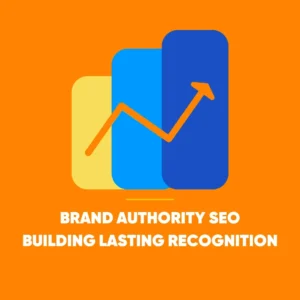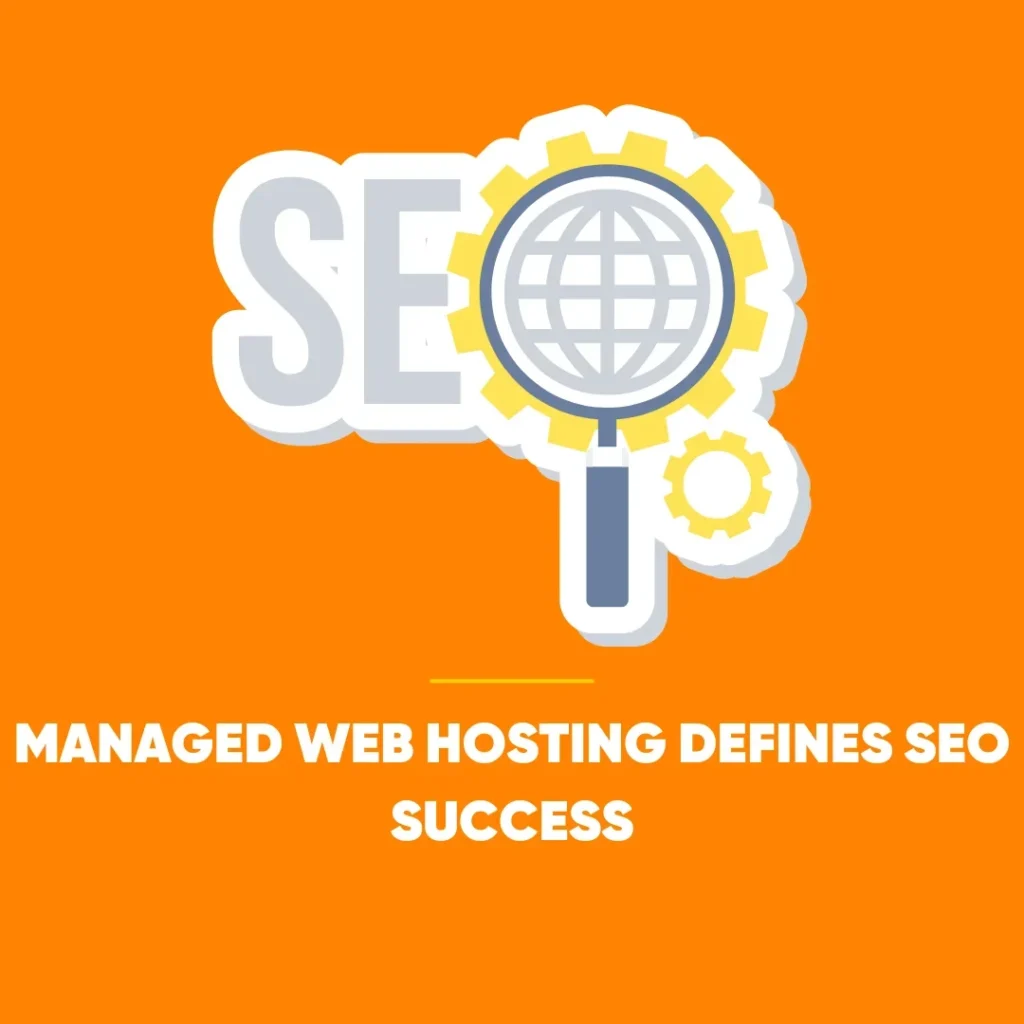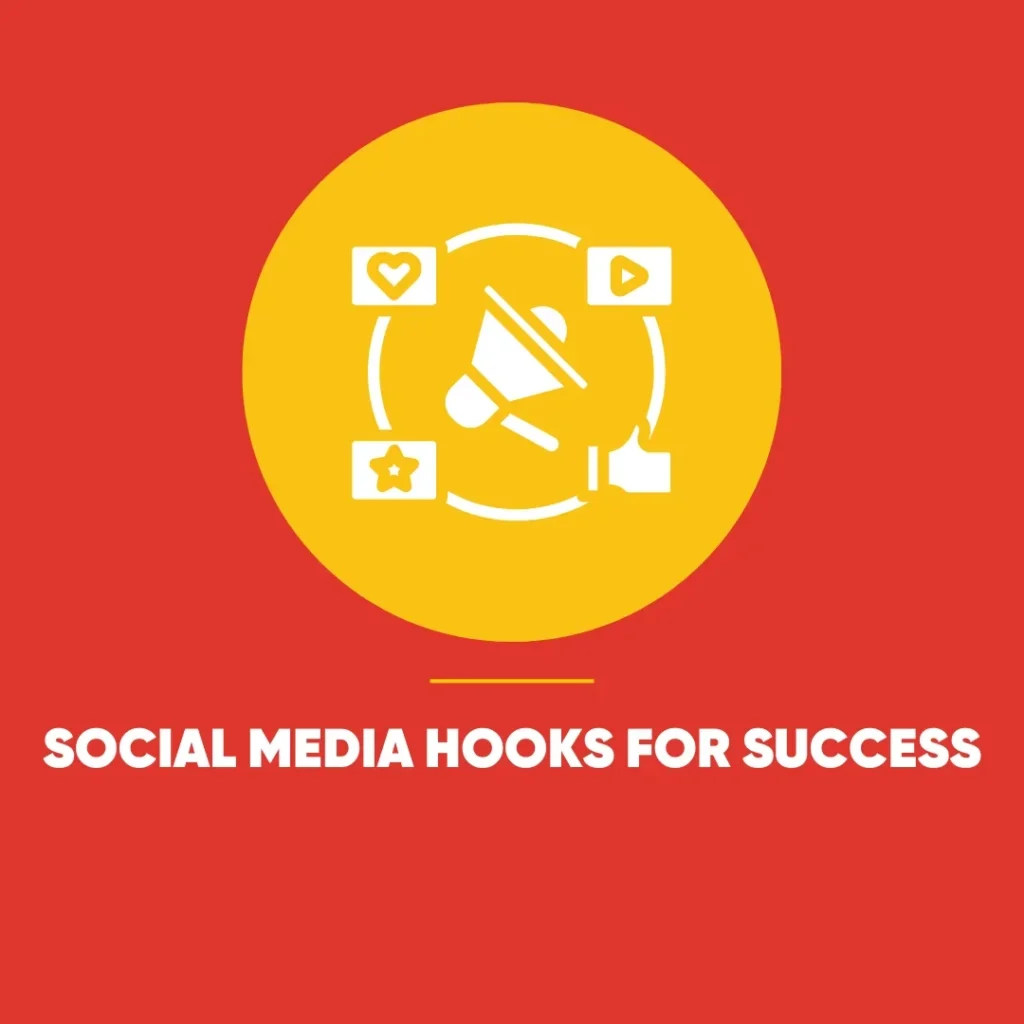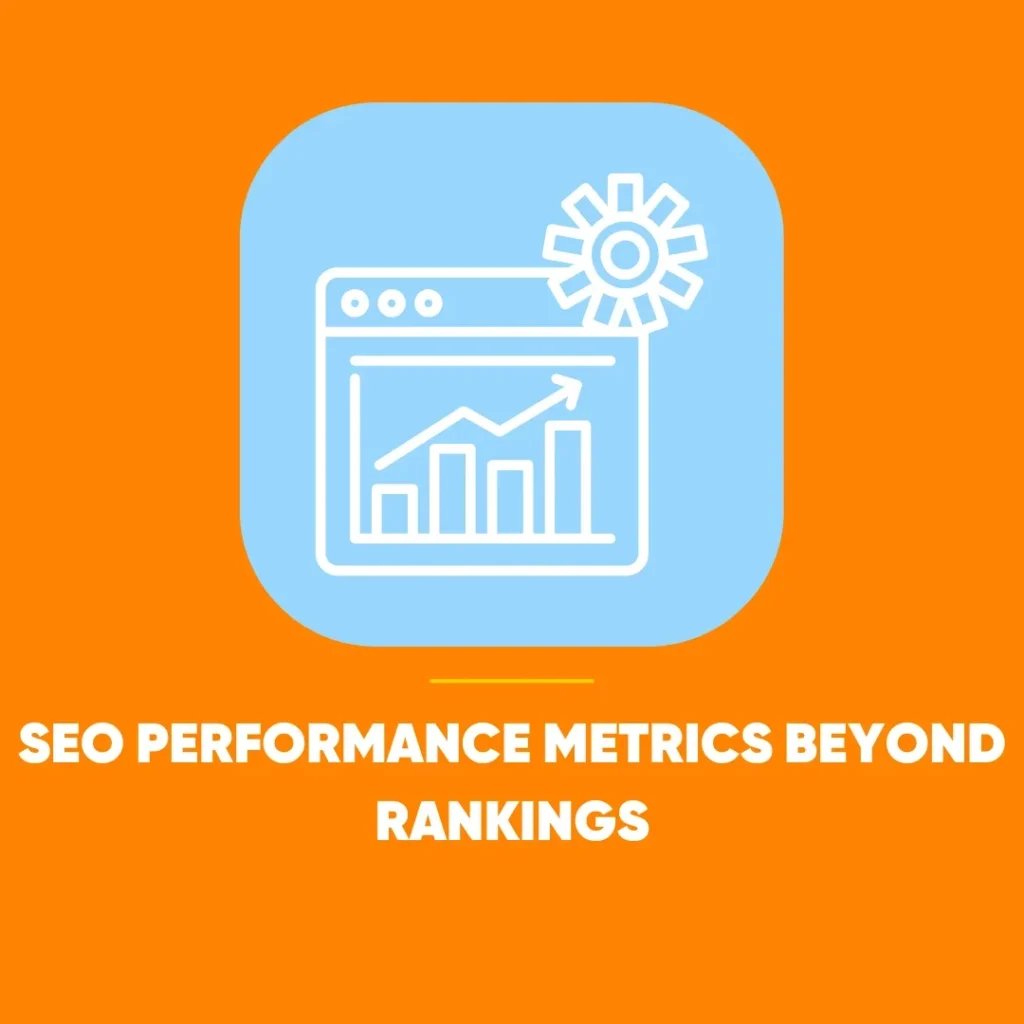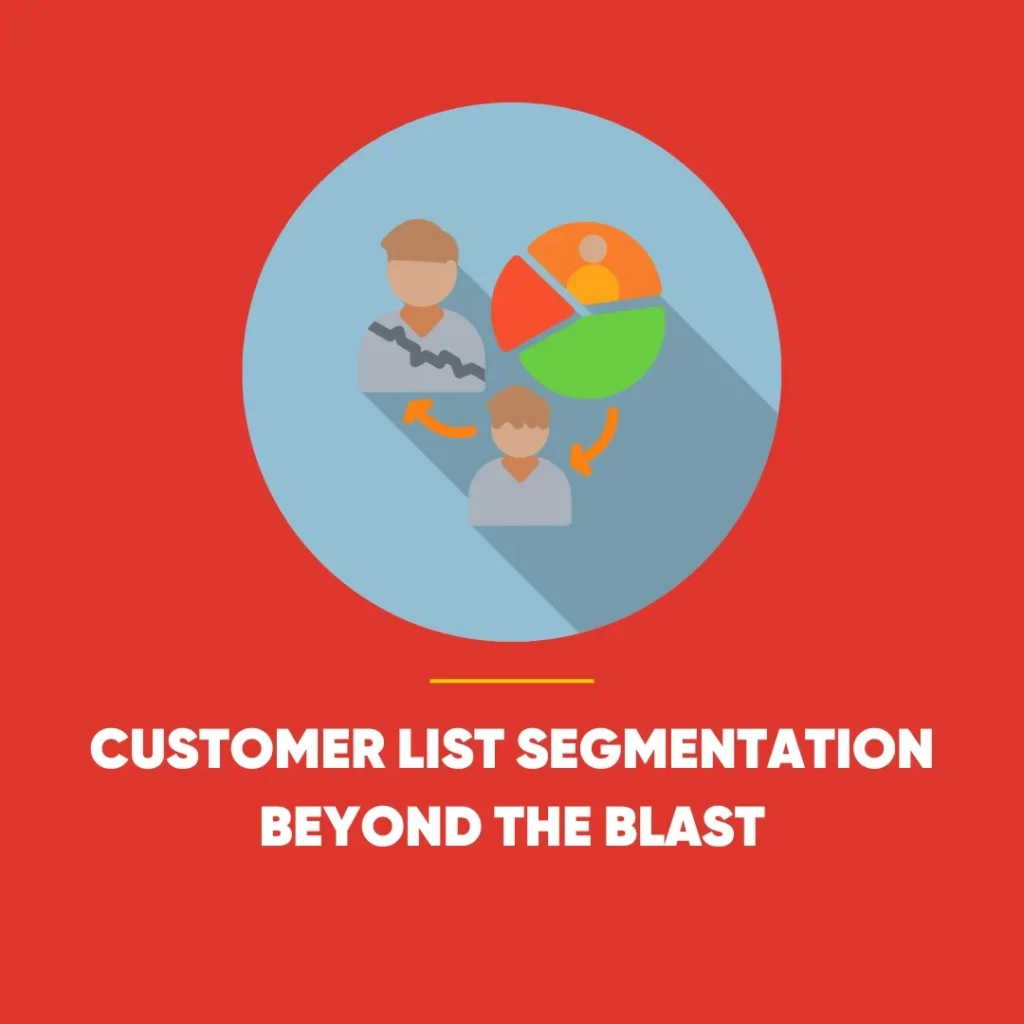AI Driven Brand Visibility in Search Evolution
AI driven brand visibility is reshaping how businesses compete online, redefining what it means to stand out in search. As artificial intelligence (AI) becomes a central part of how people discover information online, brands are facing a new challenge: staying visible in a landscape where traditional clicks are no longer the main measure of success. From AI Overviews and Large Language Models (LLMs) to evolving search habits, marketers are learning to adapt their strategies to an entirely new digital reality.
The Great Decoupling: How AI Driven Brand Visibility Impacts Clicks and Impressions
Across countless websites, a curious trend has emerged – impressions are soaring, but clicks are shrinking. This pattern, often called the great decoupling, reveals how AI-generated overviews are reshaping user behaviour.
In the past, high impressions meant more opportunities to attract traffic. Today, AI summaries often provide answers directly on the search results page. As a result, users are consuming brand information without visiting the website. The data shows a clear correlation: as AI-driven impressions climb, organic clicks tend to drop.
For many businesses, clicks are still the key conversion point – a gateway to sales or enquiries. Understanding this shift is crucial. It’s no longer just about ranking well; it’s about ensuring the brand message still connects when users never leave the search results.
How AI Overviews Are Rewriting Position One
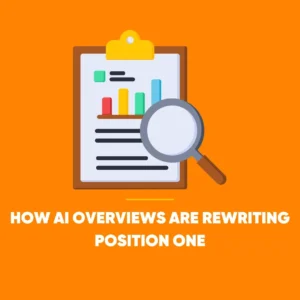 Traditionally, position one in Google’s search results represented the pinnacle of SEO success. However, AI Overviews (AIOs) are rapidly changing what “top spot” really means.
Traditionally, position one in Google’s search results represented the pinnacle of SEO success. However, AI Overviews (AIOs) are rapidly changing what “top spot” really means.
Recent data indicates that AIOs now appear in nearly one in five rank-one results – almost double the rate seen earlier in the year. Meanwhile, the share of traditional organic listings holding position one has fallen noticeably, particularly for informational queries.
In simpler terms, if a brand’s content targets top-of-funnel keywords – those early-stage, educational topics – its visibility may have dropped by as much as 50%. AI is absorbing that space, providing summarised responses that reduce the need for users to click through.
For brands, this isn’t a death sentence for SEO but a clear signal to evolve. It’s time to think beyond blue links and explore new ways to appear within AI-generated experiences.
The Steady Performers: Local SEO and AI Driven Brand Visibility
While AI is shaking up much of the search landscape, some areas remain surprisingly stable. Local SEO continues to perform consistently, with Google’s local packs maintaining their presence at the top of results.
Even as Google experiments with AI-powered local features, these are still built on the same foundational data that drives current listings. This means that brands investing in accurate business information, strong reviews, and consistent local optimisation continue to see steady returns.
Commercial organic queries – those closer to purchasing intent – are also holding up well. Although AIOs appear more frequently in these searches, they tend to displace ads or secondary features rather than primary organic results. For now, businesses targeting customers ready to buy still have plenty of room to grow organically.
AI Mode: A Complement, Not a Replacement
Some feared that AI-driven tools like ChatGPT or Google’s new AI Mode would make traditional search obsolete. The reality, however, is far more nuanced.
AI Mode functions more as a conversational assistant than a replacement for the search engine itself. Users turn to it for exploration, brainstorming, or summarising – not necessarily for transactional searches. Data suggests that AI Mode remains less popular than even the underused “News” tab, underscoring its complementary role.
People still rely on standard search for trusted information and verifiable results. For now, AI acts as an enhancement rather than a substitute – a layer that enriches discovery rather than eliminating it altogether.
Rethinking Strategy: AI-Driven Brand Visibility and the Shift from Clicks to Impressions
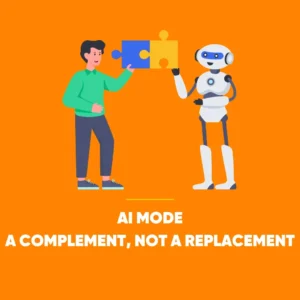 The most successful brands are no longer treating SEO purely as a performance channel. Instead, they are reframing it as a long-term brand visibility strategy. In this new environment, there are two distinct paths forward: optimising for clicks or for impressions.
The most successful brands are no longer treating SEO purely as a performance channel. Instead, they are reframing it as a long-term brand visibility strategy. In this new environment, there are two distinct paths forward: optimising for clicks or for impressions.
Optimising for clicks means continuing to pursue high-intent traffic. It involves sharpening conversion funnels, enhancing page experience, and focusing on commercial search terms that still drive visits and revenue.
Optimising for impressions, on the other hand, means embracing the reality that users might never click. It’s about maximising brand mentions, ensuring visibility within AI-generated summaries, and establishing authority so that the brand name appears where the audience’s eyes are – even if they don’t leave the page.
This approach requires understanding how AI models generate responses. There’s a key difference between in-model and outer-model behaviour. When AI gives an answer based purely on what it “knows,” there’s little a brand can do to influence it. However, when it references or links to new searches – an outer-model response – there’s an opportunity to shape that outcome through optimised content and brand presence.
Building Brand Mentions: AI-Driven Brand Visibility as the New Success Metric
In the AI era, success is measured less by citations and more by mentions. Being named within an AI-generated response is not about luck – it’s about brand authority.
AI systems draw from a wide range of sources, and they tend to prioritise reputable, well-linked, and consistently mentioned brands. This is why modern SEO is evolving towards brand SEO – where awareness, credibility, and digital footprint all play vital roles.
Long-tail content is also becoming increasingly valuable. AI search thrives on highly specific, nuanced questions, often far beyond the reach of traditional keyword lists. Tools like “People Also Ask” can provide insight into the kind of conversational queries users might pose to AI systems, helping brands anticipate and address them before competitors do.
The Road Ahead
AI is not destroying search – it’s transforming it. Brands that adapt will find new ways to connect with audiences, even as the shape of visibility changes.
The key lies in diversification. Combining traditional SEO discipline with brand-building tactics ensures relevance both inside and outside AI-generated experiences. Whether a company focuses on click-through optimisation or brand mentions, the underlying goal remains the same: to stay discoverable in an ecosystem where attention, not just traffic, defines success.
In short, AI may be rewriting the rules, but the game is far from over. Those who evolve early will shape how visibility – and brand authority – are defined in this next era of search.
